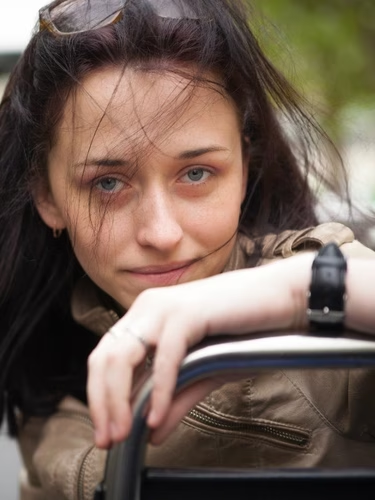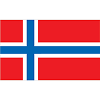🌌 Polar night and ‘winter hibernation’ in Oslo and the North: how not to lose productivity
There is little light here in winter — the brain interprets this as a signal to ‘conserve energy’. Sleepiness increases, and you crave carbohydrates and a blanket. This is normal: the goal is not to ‘beat winter’ but to adjust your routine to it. In the ‘Arctic capital,’ the polar night lasts approximately from 27 November to 15 January, and in the capital region, there are only ~6 hours of daylight in December — this affects the rhythm of work and daily life.
🌓 Why darkness ‘drains’ energy
Light is the main timer for biorhythms. When there is not enough of it, melatonin production shifts: it becomes more difficult to wake up and motivation drops. Your task is to add more light, reschedule difficult tasks and make your home more comfortable (heat, food, textures).
💡 Light therapy and movement are the foundation
🌅 Morning
- A bright light lamp (10,000 lux) for 20–30 minutes in the first hour after waking up. Place it on a table to the side of your gaze (not directly in your eyes), and make sure the device filters UV rays.
- Light exercise/stretching for 5–10 minutes — activate your body along with the ‘morning sun’ lamp.
🌞 Daytime
- Short outing: even 10–15 minutes to run errands or take a ‘walking’ phone call is better than nothing.
- If it's cold/slippery, walk under covered areas and add an extra flight of stairs.
🌙 Evening
- Warm light at home (lamps ~2700K), minimise ‘blue light’ from screens 60–90 minutes before bedtime.
- Remember: these are general lifestyle recommendations, not medical advice. If you experience a persistent low mood, consult your doctor.
⏱️ Time management for a ‘winter day’
- Difficult tasks — in the morning window. After light therapy and your first walk, your brain is more alert.
- Meetings — after 2 p.m. At this time, your attention naturally “drops” — let ‘synchronisation’ take over some of the energy.
- 35–45 minute sprints + water/tea in between.
- If your team is in different time zones, consolidate calls into one ‘bridge’ window and do the rest asynchronously (meeting notes, brief summaries, checklists).
🏡 Home and comfort ‘for work’
- Blankets, wool socks, candles — not for decoration, but for regulating temperature and reducing stress.
- Hot soups/stews are better than sweet snacks: they provide a slow energy boost without the ‘roller coaster’ effect.
- Keep a shoe dryer/newspapers for shoes and a separate container for wet gloves/buff in the hallway.
🦺 Safety and visibility
- Reflectors on your jacket and backpack (preferably two — front and back) and a headlamp/clip for dark areas. Buy CE EN17353 — this is the current standard for personal reflectors.
- Anti-slip pads (brodder) — a simple way to avoid falling on ice; official Norwegian recommendations strongly advise using them in winter. Remove them indoors to avoid damaging the floor and slipping on tiles.
✅ Mini checklist for the polar night
- 10,000 lux lamp in the morning for 20–30 minutes.
- A short walk during the day (even 10–15 minutes).
- In the evening — warm light and a ‘screen diet’.
- CE EN17353 reflectors + brodder for outdoors.
FAQ
Light therapy in the morning, a bright window during the day, ‘heavy’ tasks in the morning, conference calls after 2 p.m., short sprints and domestic comfort (warmth/food/textures).
Yes, for some people the effect is noticeable: use 10,000 lux, 20–30 minutes in the morning, without UV radiation, on a table to the side. Before starting, check for contraindications and discuss with your doctor if you have any doubts.
Put the ‘heavy’ tasks in the morning; have one ‘bridge’ of calls in the afternoon; the rest should be asynchronous with notes and short summaries. Monitor your energy levels after your afternoon walk — this is a good time for creative tasks.
CE EN17353 reflectors on clothing/backpack + headband/clip; for shoes — brodder (removable spikes) for ice/snow.





0 comments
Log in to leave a comment